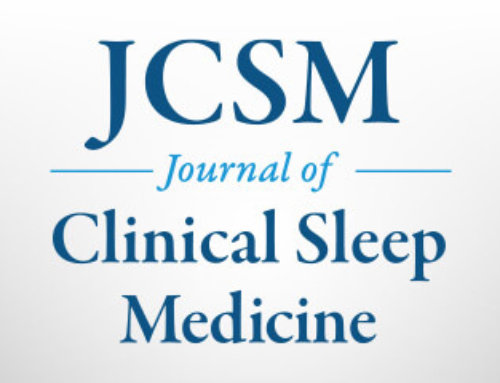Children with OSA have significantly larger waist and hip circumferences, lower neck-waist ratios, and narrower first and second deciduous and first permanent molar intertooth distances compared to nonsnoring controls, reports a new study in the September issue of the Journal of Clincal Sleep Medicine. The study authors suggest that with a larger sample size that controls for race and sex, it may allow them to determine if these measurements can be used by clinicians to identify children at risk for OSA.
Read the article in JCSM: Anthropometric and Dental Measurements in Children with Obstructive Sleep Apnea




